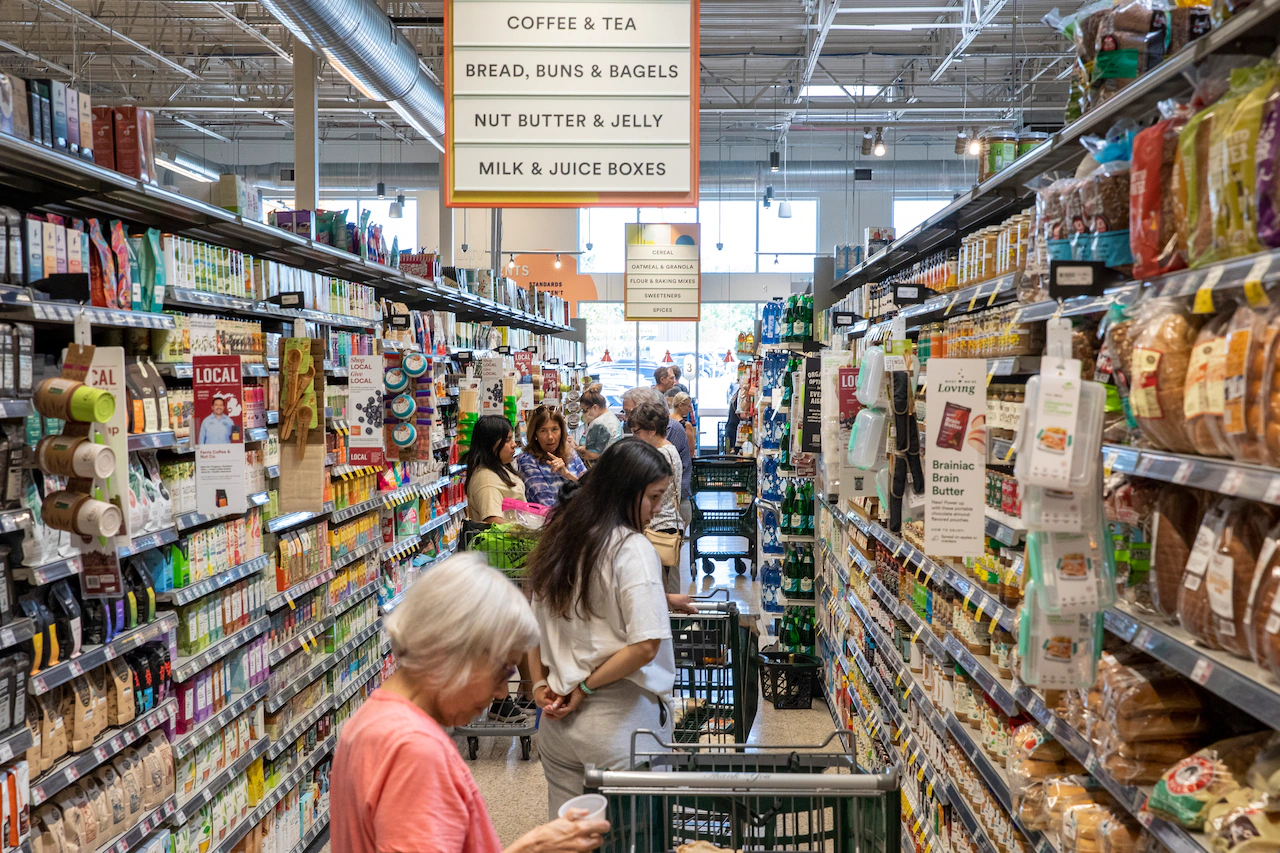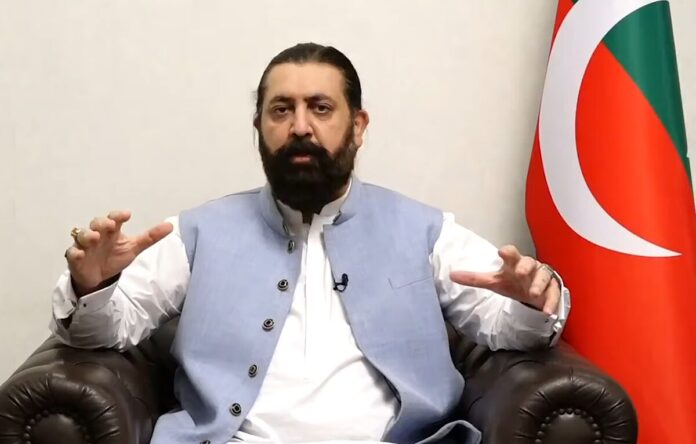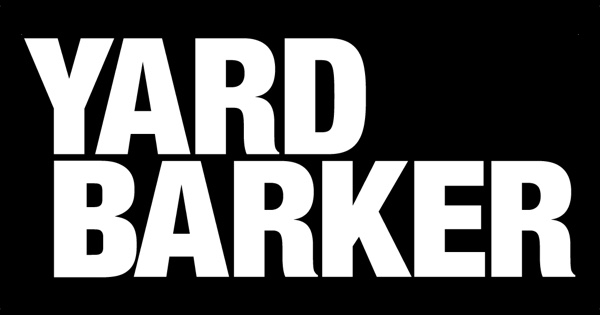Copyright M Live Michigan

Food benefits will soon start to be issued again after the federal government was ordered to fund the Supplemental Nutrition Assistance Program, SNAP, during the ongoing government shutdown. But millions of Americans will see deep cuts and some might not get any benefits at all under the U.S. Department of Agriculture’s plan to pay partial SNAP benefits in November. It’s estimated that 1.2 million U.S. households, or nearly five million people, will get $0 this month because their benefits will be reduced more than the maximum payment, according to an analysis of the plan from the Center on Budget and Policy Priorities, CBPP, a progressive think tank. Another 5.4 million households with one or two people will only get $12, the analysis found. When fully funded, the average SNAP household gets $332 a month, or $177 per person. “Because of how the SNAP benefit calculation works, USDA’s plan to cut maximum benefits for each household size by 50% results in a deeper cut to average benefits — and a much deeper cut than needed," said Katie Bergh, a policy analyst for CBPP, in a post on X. Nearly 13% of Michigan households, or about 1.4 million people including 492,225 children, rely on SNAP to buy groceries. But it’s unclear how many of those won’t get any benefits under this calculation. A USDA spokesperson responded to a request for comment by saying “Senate Democrats have voted 14 times against reopening the government,” which impacts SNAP, farm programs, food inspection and rural development. The federal government shut down on Oct. 1 when Congress failed to pass a spending bill in a partisan standoff. It’s now the longest shutdown in history and involves Democrats preventing a bill from being passed until Republicans agree to continue subsidies for the Affordable Care Act, also known as Obamacare. Related: Partial SNAP benefits to begin being issued Nov. 8 for Michigan residents The USDA initially told states to stop issuing SNAP benefits in November, leaving 42 million Americans without food benefits. But two federal courts found this unlawful, ordering the government on Friday, Oct. 31 to tap an emergency contingency fund to keep SNAP going. It normally costs about $9.2 billion a month to pay for SNAP, the largest anti-hunger program in the country, which is funded by the federal government and administered by the states. In response to the court orders, the USDA agreed on Monday, Nov. 3 to use $4.65 billion in emergency funds to partially cover food benefits this month. “This means that no funds will remain for new SNAP applicants certified in November, disaster assistance, or as a cushion against the potential catastrophic consequences of shutting down SNAP entirely,” USDA Deputy Under Secretary Patrick A. Penn wrote in a court filing. The USDA then directed states on Tuesday, Nov. 4 to cut the maximum SNAP benefit by half, plus another 30% of a household’s net income. It also provided an updated table of maximum benefits that can be issued. Those who don’t have any income will see their maximum benefit cut by 50%. But most SNAP households have some income, according to CBPP, meaning they will see a deeper percentage cut to their monthly benefits. For example, if a single parent with two children doesn’t have any income, they will get the maximum benefit of $392, the analysis found. But if they earn $1,500 a month, they won’t get any benefits because a 30% income reduction is larger than the maximum benefit allowed. Under the USDA’s plan, average benefits will be cut by 60%, according to the CBPP analysis. It also means, that the federal government will only be spending $3 billion, about two-thirds of the emergency funding available, to keep SNAP afloat. The federal government warned in court filings that there could be delays as states recalculate SNAP allotments. For some states, which have systems that are decades old, it could take anywhere from “a few weeks to up to several months.” In Michigan, partial benefits will start to flow again this weekend. SNAP recipients who normally get their benefits on the third, fifth or seventh of the month will get their reduced amount on Saturday, Nov. 8, according to the Michigan Department of Health and Human Services. All others will get their partial benefits on their normally scheduled date. “We understand and share the disappointment many households feel about receiving only a portion of their November SNAP benefits. These benefits are a vital lifeline for many Michigan families, especially with the rising cost of food,” said Elizabeth Hertel, director of MDHHS. Due to the disruption in benefits, Michigan officials have encouraged people to visit local food pantries. The state also provided an additional $4.5 million to the Food Bank Council of Michigan.



